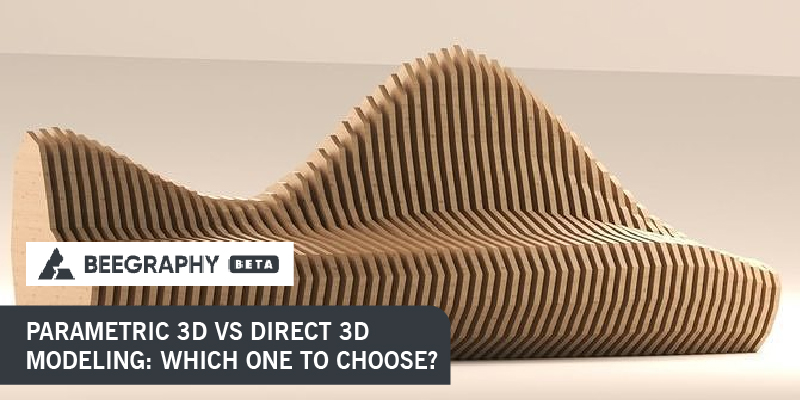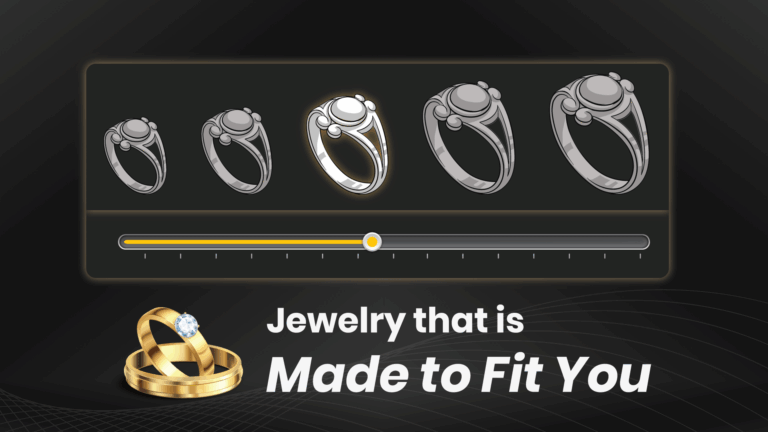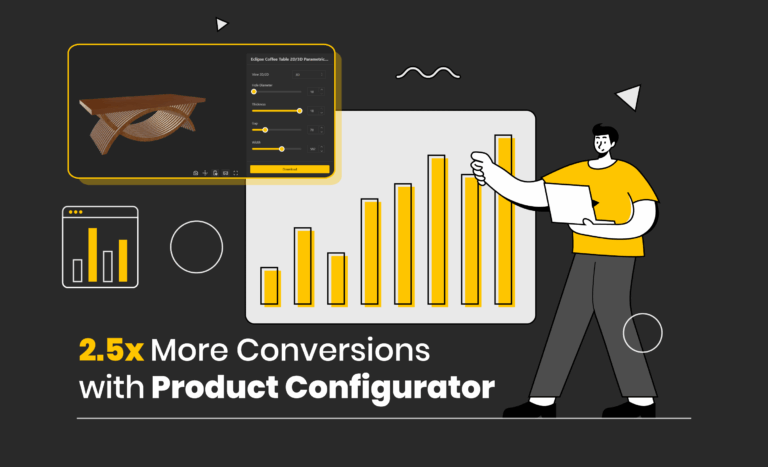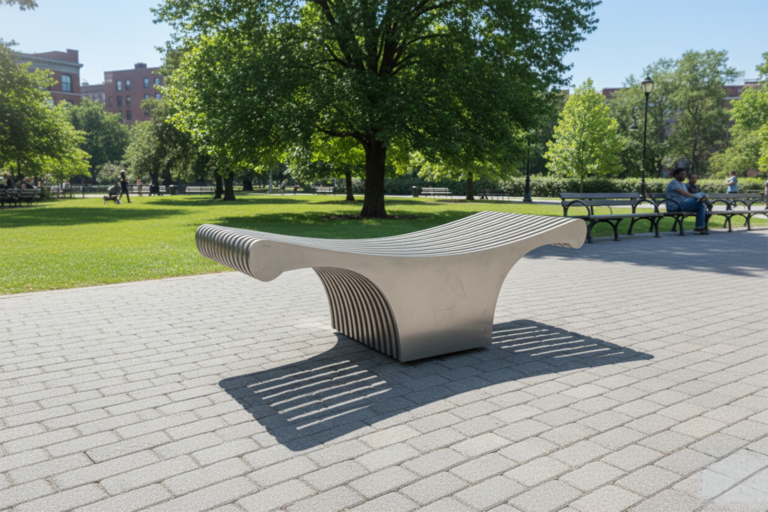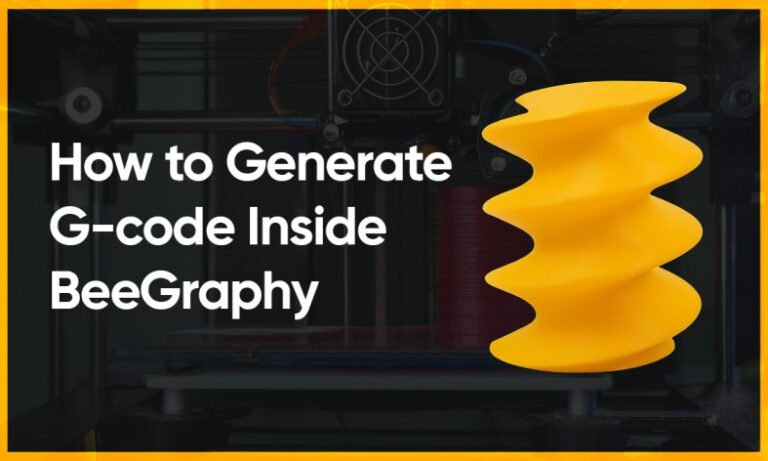For a long time, the argument between parametric and direct modeling has raged in architecture, engineering, and construction. Every method has advantages and disadvantages; the question becomes: should one use direct or parametric 3D modeling?
What Is Parametric Modelling?
Parametric modeling is a computational process for manipulating geometry used in 3D modeling. This process is carried out algorithmically using parameters that represent the geometric features of a design model. Instead of focusing on a fixed shape, the parametric modeling method makes the design’s adaptable attributes the focal point.

A set of parametrically designed bottles
How Does Parametric Modeling Work?
Parametric modeling methods are helpful when designing for specific needs and manufacturing standards. For instance, businesses often use parametrics to create product families with minor design differences. This requires the designer to establish design intent across dimensions, parts, and assemblies. Parametric modeling is a good fit for designs requiring many revisions or iterations. It builds models with adaptable elements like holes and chambers in a ‘model tree.’
Key parametric modeling characteristics include:
- Flexibility In Design: Parametric modeling simplifies design editing by adjusting parameters or limitations. Features adapt automatically as the model refreshes.
- Design Goal: Parametric modeling captures design intent to preserve feature interactions and behavior throughout the design process.
- Relationships and Dependencies: Parametric models require linkages between dimensions, geometric constraints, and equations. They determine component interactions.
- History Of Design: Users can revisit and edit design steps in parametric models that record the design process.
Pros And Cons Of Parametric Modeling
This approach offers benefits such as:
- Automatic model updates for design changes
- Easy design intent capturing makes it easier to define model behavior when updated.
- Easy part families definition and automated construction
- Excellent integration with manufacturing processes, reducing production time.
The drawbacks of this include:
- Parametric 3D CAD may be overkill for designers looking to swiftly explore as many 3D possibilities as possible during concept design.
- Parametric models update slower when design changes happen unexpectedly.
What Is Direct Modeling?
Direct modeling lets you quickly define and store geometry without considering features, limitations, or the original design’s intent. To get the desired shape, you just drag and drop the geometry.

Uses of Direct Modeling
When the connections between components are still unclear or unknown, direct modeling might be helpful in the early stages of a design. It can also be helpful when we need to make rapid adjustments to an existing component but don’t want to mess with the pre-existing feature relationships.
Some important features of direct modeling are:
- Versatility and Efficient Editing: Direct modeling allows greater flexibility in making quick changes and revisions when working with geometry. Modifications can be made without affecting the overall model.
- Interactive Control: Direct modeling allows designers to manipulate geometry interactively by dragging and dropping parts. This kind of alteration in real-time allows quick and creative experimentation.
- Independent Modification: Direct modeling does not depend on a design history or preset relationships; instead, it handles each modification independently. It becomes much simpler to deal with imported or non-parametric models in this way, even if they do not record express design intent.
Pros And Cons Of Direct Modeling
The advantages of direct modeling are:
- It has a lower learning curve.
- When originally sketching out your concept, direct modeling could save you time.
- Direct modeling is thought to make free-flowing or organic designs easier.
- Direct modeling works well for simple designs that won’t alter much, established shapes, or organic shapes.
- For Imported Geometry models, direct modeling might be better.
The drawbacks Of Direct Modeling include:
- Minimal design automation.
- No parameters describe intent; therefore, it’s easy to stray from the design.
- Modifying similar aspects independently is necessary.
- Editing focused on dimensions is weaker as there is no prior data.
Which Should You Choose?
Modern technological advancements have given us different options for 3D modeling. However, many architects and designers, especially those just starting in the industry, are caught in the age-old debate between direct 3D modeling and parametric 3D modeling.
Direct modeling is best for simpler designs where you don’t expect to make changes or just need to experiment and want a freeform experience like modeling with clay. Parametric modeling is better for more complex designs or designs you expect to change. Both are popular in design, and the choice depends on the designer’s preferences and demands.
BeeGraphy’s online parametric modeling software is the perfect choice if you want to use parametric design. Register now!


